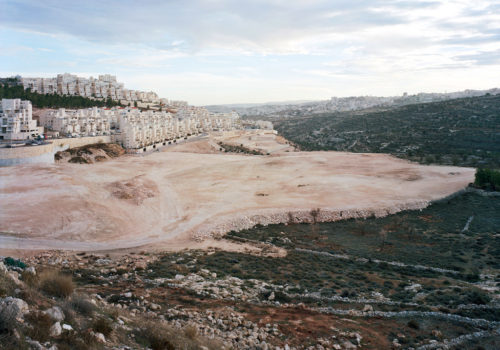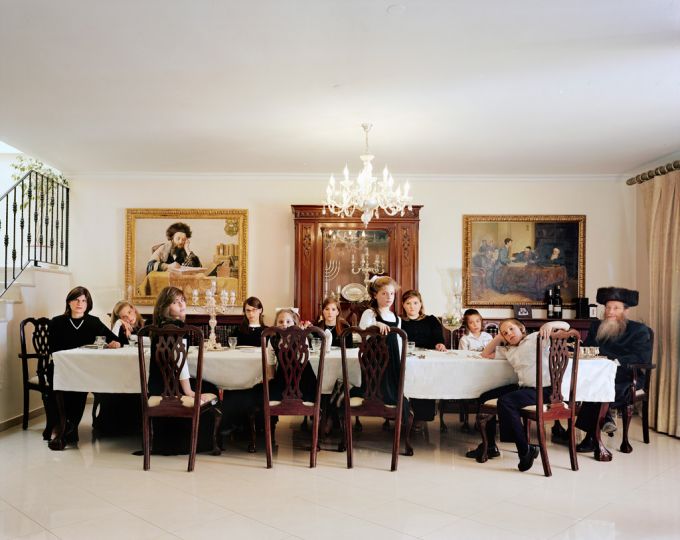As an artist you generally have to be slightly megalomaniac and gamble that it is possible to create something meaningful, maybe incredible, and not shy away from possible failure, particularly with a subject like this. As an artist who has always been politically conscious and interested in the organisation of society, I was not sure what it meant to work in a conflict zone, or if you can do justice to it at all.
The work I made in Israel really was more about listening to what the situation imparted; recognizing something that I already knew because it conveyed a general sense of human experience.
I have become less interested in being a landscape photographer. You can only look at landscape as a potential location for human experience. A landscape doesn’t need me, you, or anybody. It becomes interesting if it can be the ground plan for human experience, projection or desire.
Israel and the West Bank were very uncomfortable for me, and a particular challenge. The geographical characteristics of the place are not dramatic; it’s not incredibly beautiful per se. In a way, I was not surprised that religions were invented there because it’s such a blank slate for people to go into their imaginations. The character is so much in the detail, in the poverty and the extreme weather conditions; it’s crude and harsh. It was painful for me to come to a land with so much conflict, where two groups principally don’t want the other group to be there.
Each day, L’Oeil de la Photographie will present the work of a photographer.
EXHIBITION
This place
From February 12 to June 5th, 2016
Brooklyn Museum of Art
200 Eastern Pkwy
Brooklyn, NY 11238
United States
https://www.brooklynmuseum.org
http://www.this-place.org
http://www.thomasstruth32.com

















